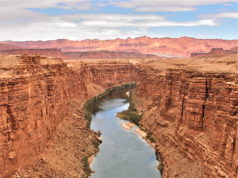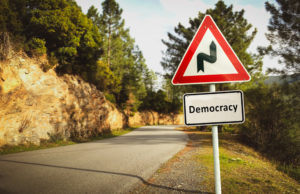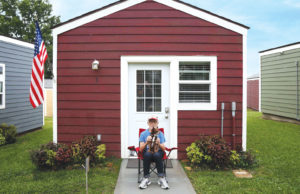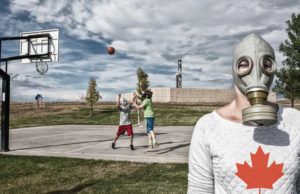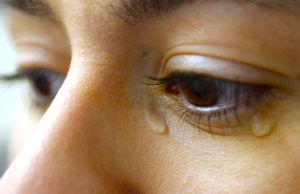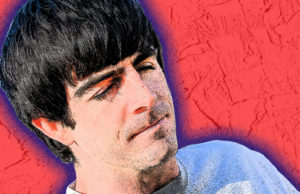— Early in their investigation into possible war crimes, Army sleuths
realized the explosive potential of photos taken of two Joint Base
Lewis-McChord soldiers who posed next to the body of an Afghan who they
have been accused of murdering.
So the Army went to extraordinary lengths to suppress their disclosure in a digital era when images quickly go global.
Investigators searched soldier’s computer hard
drives, thumb drives and Facebook pages. They visited family members
and friends who received some of the photos back home. Once all the
images were collected, they were stored in a secure space at
Lewis-McChord and placed under a protective court order.
The Army’s efforts to keep these photos secret ended in failure. Copies leaked to Der Spiegel,
Bracing for a possible backlash in
the Army issued an apology for the photos, saying they depict “actions
repugnant to us as human beings and contrary to the standards and
values of the U.S. Army.”
“We apologize for the distress these photos cause,”
the Army statement said. “The actions portrayed in these photographs
remain under investigation and are now the subject of ongoing U.S.
court-martial proceedings, in which the accused are presumed innocent
unless and until proven guilty.”
The three images released include a
grinning as he reaches down to grab a corpse by the head, whose face
was blurred by Der Spiegel in the published image. A second photo
depicts Pfc.
Morlock and Holmes are two of five soldiers from a western
The photos have been released at a time when
U.S.-Afghan relations already are fraught with tensions over recent
inadvertent civilian casualties caused by American forces.
Der Spiegel reported that NATO, under U.S.
leadership, has been preparing for 100 days for possible publication of
the photos and that the war-crimes cases were taken up by Vice
President
Holmes’ attorney,
his client was ordered to pose for the photo. “He was told to get in
the photo, so he got in the photo,” Conway said. “That doesn’t make him
a murderer.”
Holmes has pleaded not guilty to the murder charge
against him, saying he was given an order to open fire on the Afghan
and was unaware that he was not an enemy combatant.
Morlock’s attorneys declined to comment on the
photos. Morlock, whose court-martial is scheduled to start Wednesday,
is expected to strike a plea bargain that could result in a sentence of
up to 24 years and an agreement to testify against other soldiers.
In investigative documents reviewed by The Seattle Times, soldiers say images were passed around freely by Morlock and others.
“He (Morlock) would give them to anyone who would ask. He didn’t try to hide them,” Spc.
The images published by Der Spiegel were part of a
broader pool of photos and video taken by soldiers. They included a
videotaped scene of another soldier, Spc.
stabbing the corpse of a dead Taliban fighter. Such images also may
have reached soldiers of the 5th Brigade (Stryker), 2nd Infantry
Division.
Der Spiegel reports obtaining some 4,000 images, but
has not disclosed the source. In an interview with The Associated
Press, a magazine spokesman said editors obscured the faces of the
Afghan victims so they could not be identified.
“We needed to document (the accusations) in some form and were as restrained as possible,”
Monday was a holiday in
and there were no reports of protests or other incidents related to the
publication of the photos, according to a NATO spokesman in
“We are proceeding with business at hand,” the
spokesman said. “We expect most of the story to unfold at Joint Base
Lewis-McChord, where those suspected of the crimes are standing trial.”
The photos are expected to gain much wider distribution in
in coming days. One concern is whether Karzai, an emotional and
sometimes unpredictable politician, will make public statements that
will stoke Afghan anger.
“The big question is how much the local press picks up on this, and how that is spurred by Karzai,” said
where he met with Karzai. “I am hopeful that this will not blow up, but
predicting that with confidence is more than I want to do.”
Karzai recently lashed out over civilian-casualties
incidents that included the accidental killing of nine children during
a NATO airstrike.
In 2010, the Afghanistan Independent Human Rights
Commission reported 2,777 conflict-related civilian deaths, an increase
of 15 percent from 2009. Taliban and other anti-government forces were
linked to 2,080 of those deaths.
Public-diplomacy expert
national-security think tank, said she believes the impact of the
photos will be felt beyond
“The vast majority of Americans and American
soldiers will consider these acts despicable and revolting,” Lord said.
“But the photographs will have strategic consequences as they are
disseminated globally. Their coverage in the media is likely to
overwhelm coverage of the many more positive but less visible acts that
Americans engage in every day.”
———
(c) 2011, The Seattle Times.
Visit The Seattle Times Extra on the World Wide Web at http://www.seattletimes.com/.
Distributed by McClatchy-Tribune Information Services.




